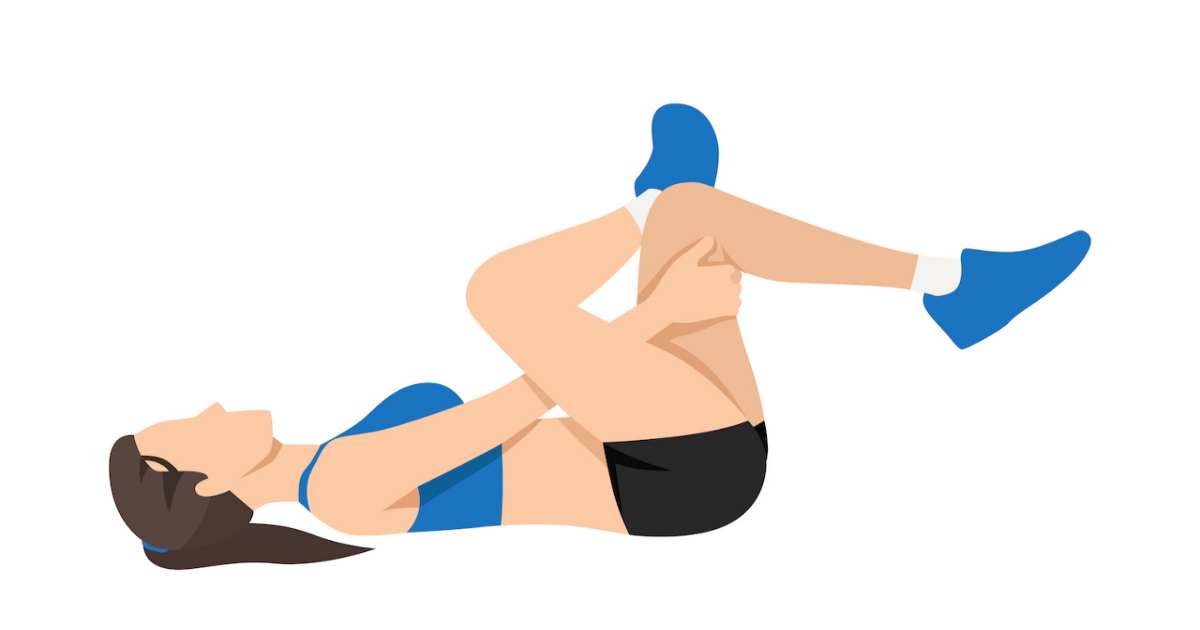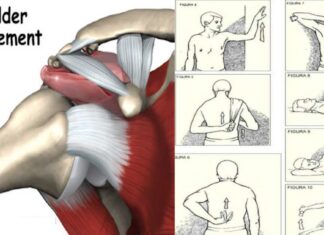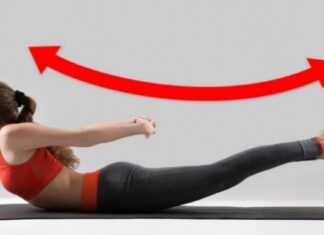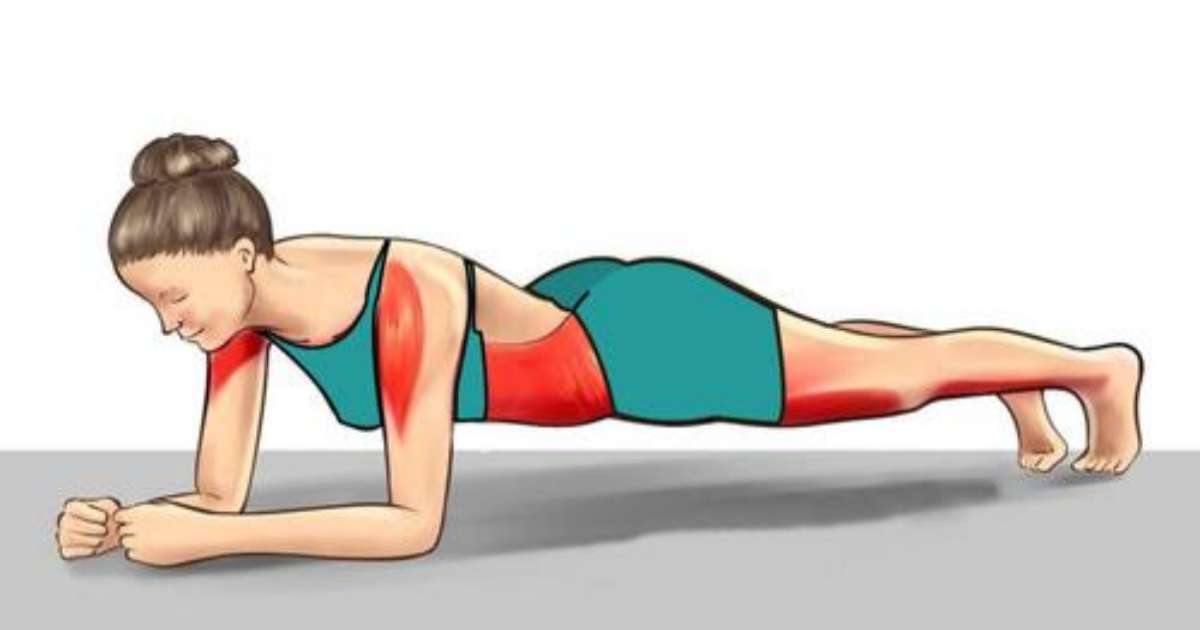Relieve lower back, hip, or sciatic pain with effective piriformis stretches. Learn how to target this muscle for pain relief and improved mobility.
If you suffer from lower back pain, hip pain, or sciatica, you may have heard of the piriformis muscle. This small muscle, located deep in the buttocks, can often be the source of pain and discomfort. Fortunately, there are several effective piriformis stretches that can help alleviate piriformis-related pain and provide relief. In this article, we will discuss the importance of stretching the piriformis muscle and provide some effective stretches to help you find relief.
Why Stretch the Piriformis Muscle?
The piriformis muscle is a small, pear-shaped muscle located deep in the buttocks. It plays a crucial role in stabilizing the hip joint and rotating the thigh outward. When this muscle becomes tight or inflamed, it can put pressure on the sciatic nerve, causing pain and discomfort in the lower back, hips, and legs. This is known as piriformis syndrome and is a common cause of sciatica.
Stretching the piriformis muscle can help alleviate pain and discomfort by releasing tension and reducing inflammation. It can also improve flexibility and range of motion in the hip joint, making everyday movements easier and less painful.
Seated Piriformis Stretches
This stretch can be done while sitting in a chair or on the floor.
- Begin by sitting up straight with your feet flat on the ground.
- Cross your right ankle over your left knee, creating a figure four shape.
- Gently press down on your right knee with your right hand, while using your left hand to push your right ankle towards your body.
- Hold this stretch for 30 seconds, then switch sides and repeat.
Supine Piriformis Stretches
This stretch can be done lying on your back.
- Lie on your back with your knees bent and feet flat on the ground.
- Cross your right ankle over your left knee, creating a figure four shape.
- Use your hands to pull your left knee towards your chest, feeling a stretch in your right buttock.
- Hold this stretch for 30 seconds, then switch sides and repeat.
Standing Piriformis Stretch
This stretch can be done while standing.
- Stand with your feet shoulder-width apart.
- Cross your right ankle over your left knee, creating a figure four shape.
- Slowly lower your body into a squat position, feeling a stretch in your right buttock.
- Hold this stretch for 30 seconds, then switch sides and repeat.
Pigeon Pose
This yoga pose is an excellent stretch for the piriformis muscle.
- Begin on all fours, with your hands and knees on the ground.
- Bring your right knee forward and place it behind your right wrist.
- Extend your left leg behind you, keeping your hips square.
- Slowly lower your body towards the ground, feeling a stretch in your right buttock.
- Hold this stretch for 30 seconds, then switch sides and repeat.
Figure Four Stretch
This stretch can be done while lying on your back.
- Lie on your back with your knees bent and feet flat on the ground.
- Cross your right ankle over your left knee, creating a figure four shape.
- Use your hands to pull your left knee towards your chest, feeling a stretch in your right buttock.
- Hold this stretch for 30 seconds, then switch sides and repeat.
Tips for Effective Piriformis Stretching
To get the most out of your piriformis stretches, keep these tips in mind:
- Always warm up before stretching to prevent injury.
- Hold each stretch for at least 30 seconds to allow the muscle to fully relax.
- Breathe deeply and slowly while stretching to help your muscles relax.
- If you feel any sharp or intense pain, stop the stretch immediately.
- Incorporate stretching into your daily routine to maintain flexibility and prevent future pain.
Other Ways to Relieve Piriformis Pain
In addition to stretching, there are other ways to relieve piriformis-related pain and discomfort. These include:
Massage Therapy
Massage therapy can help release tension and reduce inflammation in the piriformis muscle. A licensed massage therapist can target the specific area and use techniques to help alleviate pain and discomfort.
Heat Therapy
Applying heat to the affected area can help relax the muscle and reduce pain. You can use a heating pad, hot water bottle, or take a warm bath to provide relief.
Chiropractic Care
Chiropractic adjustments can help realign the spine and pelvis, reducing pressure on the piriformis muscle and alleviating pain. A chiropractor can also provide exercises and stretches to help prevent future pain.
When to Seek Medical Attention
While stretching and other at-home remedies can provide relief for piriformis pain, it is essential to seek medical attention if the pain persists or becomes severe. This could be a sign of a more serious condition, such as a herniated disc or spinal stenosis. If you experience any of the following symptoms, seek medical attention immediately:
- Severe pain that does not improve with stretching or other at-home remedies
- Numbness or tingling in the legs or feet
- Difficulty walking or standing
- Loss of bladder or bowel control
Conclusion
Stretching the piriformis muscle is an effective way to alleviate pain and discomfort in the lower back, hips, and legs. By incorporating these piriformis stretches into your daily routine, you can improve flexibility, reduce inflammation, and prevent future pain. Remember to always listen to your body and seek medical attention if the pain persists or becomes severe. With these stretches and other remedies, you can find relief from piriformis-related pain and improve your overall quality of life.















